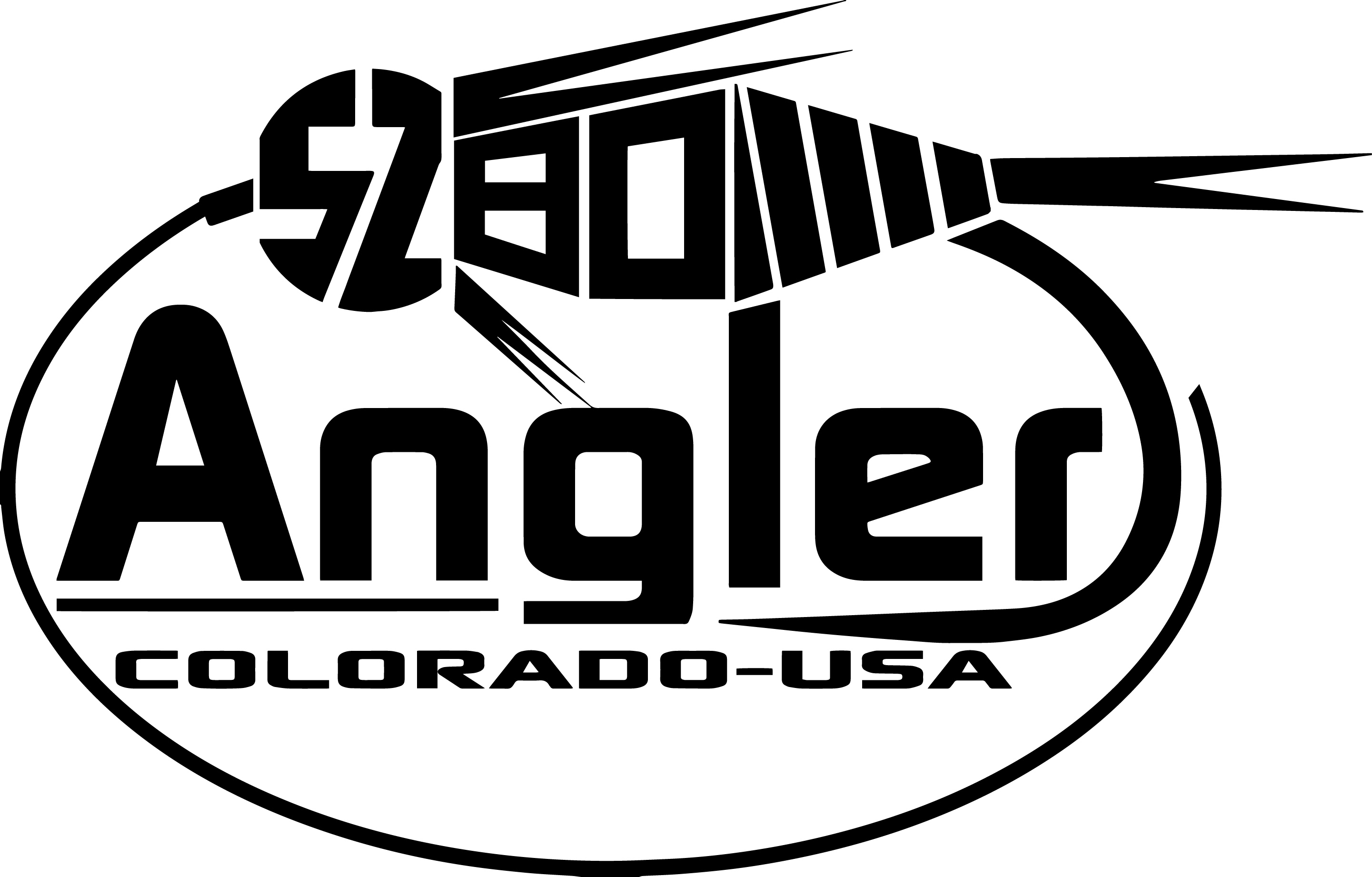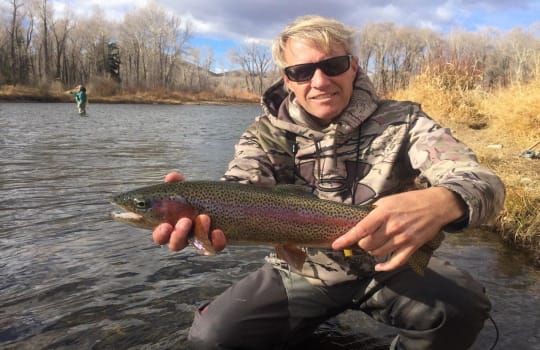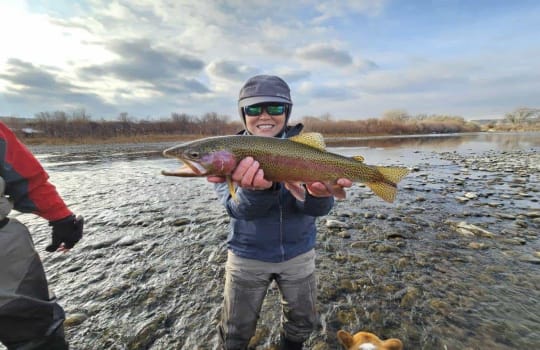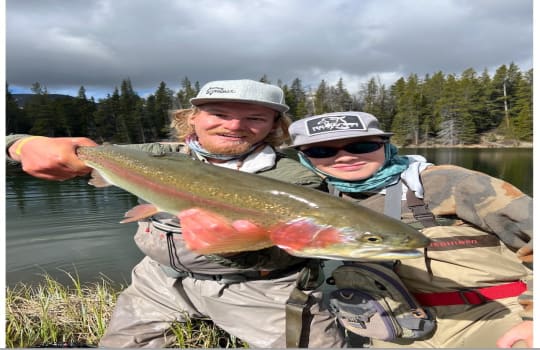5280 ANGLER GUIDE HACKS: How to Rig a Pegged Worm

PEG WORMS: HOW TO BUILD THE RIG AND WHEN TO FISH THEM
By Ron Pecore, 5280 Angler Guide
Many anglers have heard about pegged eggs, and several folks have opposing opinions regarding the use of “pegged” flies. As with any innovation, some embrace a new concept while others may shun the idea. The primary argument put forward among those who don’t peg eggs goes something like this: “You are snagging your fish on the outside of their mouths or other parts of the trouts body.” Essentially, it’s a claim that pegging is the equivalent of snagging.
When a trout takes my conventional fly, and I move my rod to set the hook, all I’m essentially doing is snagging him in the corner of the mouth. Experienced anglers know that occasionally this action may result in a foul hooked trout. Trout do not like the taste nor smell of a fly, so fly anglers are required to set the hook promptly and with authority. The hook set, naturally then, is a snagging action. Fly fishing, done ethically, means we are trying to catch fish, have fun, and respect the trout by releasing the fish with the least amount of harm done. When built properly, the peg egg or peg worm or peg-whatever system is really no different than any other nymph fishing rig.
As a guide, I rig peg eggs I at different times of the year, mostly when trout are looking for this food source. The key to not hurting the trout is to use barbless hooks, knotted only 3 inches or less below the egg. This rigging structure ensures you will, over 90% of the time, hook the trout on the side of the mouth. I also use smaller, but still heavy, scud hooks about size 16 or better yet size 18 hooks. The frequency of hooking foul hooking trout is about the same (or even less) than with all my other nymph rig setups
I believe most foul hooking is caused by a late hook set, rather than the rig. So if you seem to foul hook a lot of fish work on being quicker on the strike.
By the way, the term “pegging” refers to the idea that with an egg, a small peg (either of wood or other material) is inserted into the hold of the egg, pinching it along the tippet. I do not use such pegs, but rather knot eggs and worms onto the line, three inches or less above the bare hook.
Now let’s talk more specifically about a similar system that I call a Peg Worm. The rigging is basically the same as with a peg egg. I use a barbless (please pinch barbs on all your hooks) hook about 3 inches below the worm. I most commonly use 3x or even 2x (in very dirty water) tippet. I tie a simple overhand knot, and slip the cut piece of chenille into the knot. I make sure to leave enough tippet below the worm to tie on the hook.
As for the worm imitations themselves, I customize all my worms and the results have been fantastic, cost effective and above all, simple.
Here’s the process:
1. Cut a few dozen pieces of tan chenille about 1 3/4 inches long. I then light a small candle and singe both ends. Here’s a sweet little bonus trick: I hold the chenille in a half circle or a S shape over the candle and melt the chenille a little bit in the middle of the worm. By doing this my worms tend to look more squiggly and not just limp.
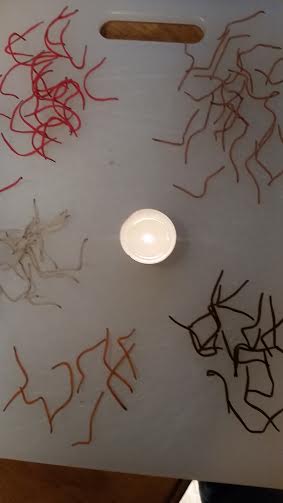
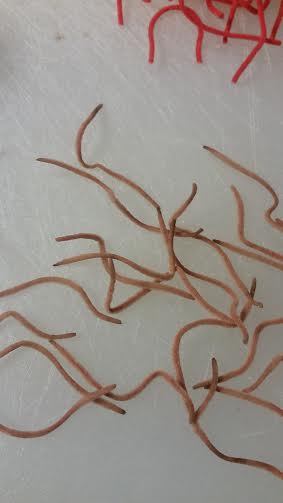
2. Then I do my next trick. I put a cup of water in the microwave and get it hot. Then I drop 6 or 7 drops of red food dye in the cup stir it and submerge all my new worms. I leave them in the water for 10 minutes. I then take them out and press them between a paper towel and let them air dry. A cool thing happens. The areas of the worm that were melted a bit absorb more dye. They look so real, and it’s all so simple to craft.
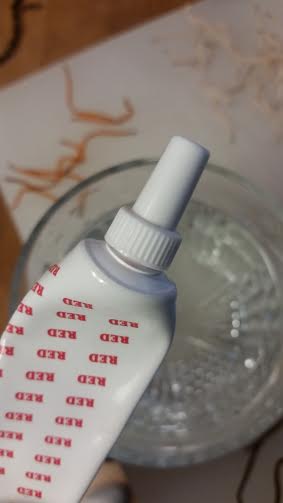
All of our local rivers have aquatic worms but there can be significant color differences. I like the tan worms at Deckers but on The Dream Stream I use a chocolate color. When there are a lot of worms in the river system, I’ll even tie two of them on before dropping my third fly. Really, it’s about matching the hatch, like any other fly pattern selection. When the trout are looking for the big stuff, that’s what I use!
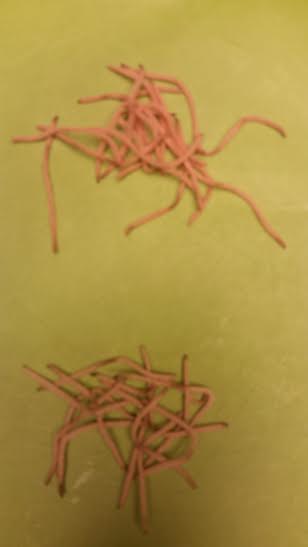
My fellow 5280 Angler guides have tried this Peg Worm and have experienced great success. So give it a try and let us know how it worked for you.
The picture below is one of my favorites from last year and my client caught him on a chocolate peg worm on The Dream Stream!
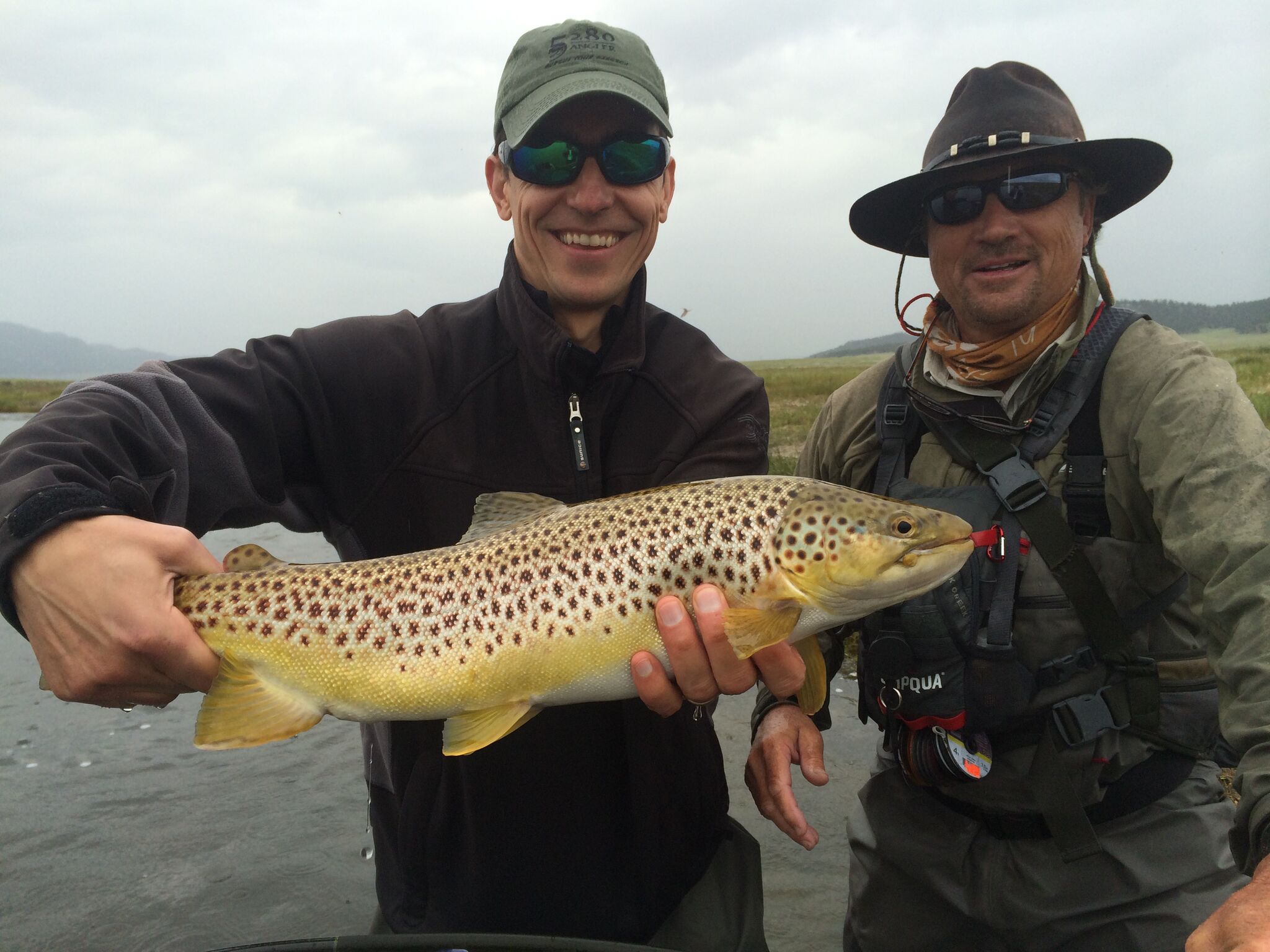
Tight Lines & Wiggly Worm Patterns!
Interested in fishing with Ron Pecore? Write to us today!
